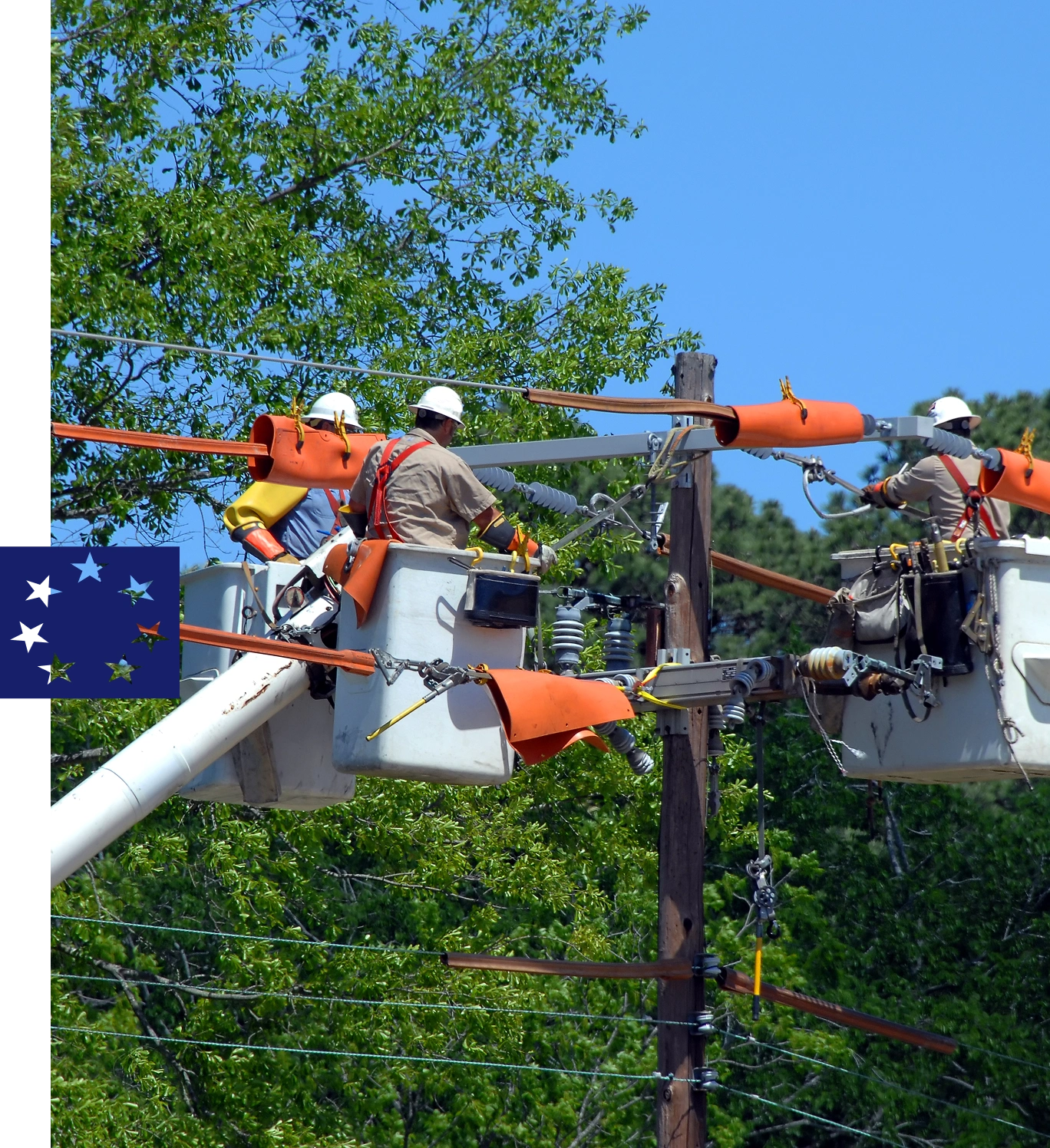Utility Field Area Network (FAN)
Case Study
Enabling Next-Generation Wireless Communications for a Midwest IOU
The Challenge:
As electric utilities modernize their distribution systems, the need for reliable, wide-area communications to support field-based grid devices has become essential. From automated reclosers and capacitor banks to voltage regulators and fault indicators, these intelligent devices form the backbone of distribution automation (DA) strategies.
However, utilities operating across rural, suburban, and mixed terrain often struggle to maintain consistent, low-latency communications. Cellular coverage may be limited or unreliable in remote areas, and unlicensed spectrum can suffer from interference and congestion—jeopardizing real-time control and situational awareness.


The Approach:
To address these challenges, multiple electric utilities acquired licensed 220 MHz spectrum from Choctaw as the foundation for their FAN backhaul communications. The 220 MHz band offers superior non-line-of-sight performance, long-range coverage, and robust signal propagation—ideal for wide-area distribution systems with minimal infrastructure.

the results:
- Improved System Automation: Real-time control and monitoring of distribution assets enables faster outage response, sectionalizing, and restoration.
- Cost-Effective Wide-Area Coverage: The long-range propagation of 220 MHz reduces the number of towers and repeaters needed—lowering total cost of ownership.
- Resilient and Independent Network Infrastructure: Licensed spectrum ensures secure, utility-owned operations free from commercial carrier dependencies and public network disruptions.
- With 220 MHz spectrum, utilities are building resilient, intelligent field networks that support advanced distribution automation and grid modernization initiatives








